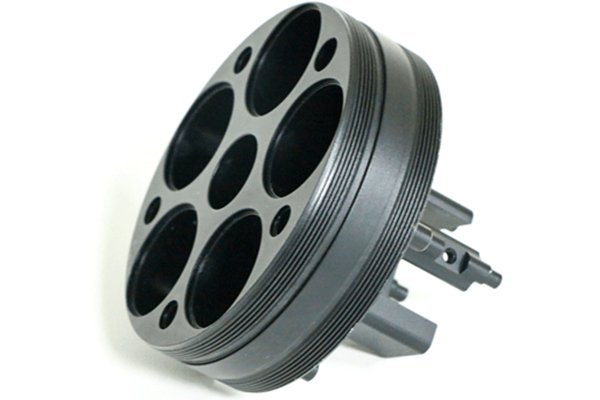Did you know that over 90% of the total cost of a CNC machined part is often tied to the material used? Choosing the right material in CNC machining isn’t just a question of cost—it’s a fundamental factor that influences the performance, durability, and manufacturability of the final product. In an era where precision engineering and cost-effectiveness are paramount, understanding how to optimize material selection can have significant implications for businesses across various industries.
The Importance of Material Selection in CNC Machining
Material selection plays a crucial role in the CNC machining process. The choice of material affects:
Therefore, an informed and strategic approach to material selection is paramount for achieving enhanced performance and cost efficiency in CNC machining.
Factors Influencing Material Selection
When choosing materials for CNC machining, several factors come into play:
Optimizing Material Selection in CNC Machining
Step 1: Define Requirements and Specifications
Start by clearly defining the project requirements and specifications, such as mechanical performance targets, secondary properties (like conductivity or corrosion resistance), and tolerances. Collaboration with design engineers and end-users can provide insights that drive a more informed selection process.

Step 2: Materials Database
Creating a materials database that catalogs potential materials and their characteristics allows engineers and machinists to make informed and data-driven decisions. Knowing the advantages and disadvantages of a range of materials aids in the initial selection process.
Step 3: Machinability Assessment
Evaluate the machinability of the materials considered by reviewing:
Consider utilizing simulation software to model the machining process, providing insights into potential challenges before production even begins.
Step 4: Utilize Advanced Technologies
Employing advanced technologies such as additive manufacturing or hybrid manufacturing can optimize material selection. For example, using 3D printing in combination with CNC machining can allow for unique material properties that traditional methods cannot achieve.
Step 5: Prototype Testing
Before moving to mass production, creating prototypes offers the opportunity to test material performance in a real-world setting. This can help identify unforeseen issues that may arise in the machining process or during product use.
Step 6: Continuous Feedback and Improvement
Post-production analysis and continuous feedback loops can inform future material selections. Understanding how a material behaves under actual use conditions allows for incremental improvements in both material choice and machining processes.
Step 7: Cost-Benefit Analysis
Perform a thorough cost-benefit analysis that considers not only the upfront cost of materials but also factors like tooling costs, production speed, and part longevity. This comprehensive approach ensures that all aspects of the manufacturing process are accounted for.
Real-World Applications
Aerospace Industry
In the aerospace sector, where weight and strength are critical, advanced materials such as titanium and carbon composite materials are commonly used. The selection process involves rigorous testing to meet stringent regulatory requirements while ensuring long-term performance.
Medical Devices
Medical devices often require biocompatible materials. Selection processes must adhere to industry standards while considering the machinability and performance of materials under sterilization conditions.
Automotive Manufacturing
In automotive manufacturing, the need for lightweight yet durable components has led to the production of complex parts using advanced aluminum alloys and composites. Efficient material selection can lead to more fuel-efficient vehicles.
In the world of CNC machining, the optimization of material selection is not merely a cost-saving measure but a strategic approach that can significantly impact part performance and manufacturability. Understanding the intricate relationship between material properties and machining processes can lead to enhanced efficiency and improved product quality. From aerospace to automotive, efficient material selection can ensure that applications meet functionality expectations and cost targets.
By taking a structured approach to material selection, businesses can ensure they are making informed decisions, leading to effective, efficient, and quality-enhancing practices in their CNC machining processes. The implications of optimized material selection resonate across industries; thus, it deserves thorough consideration, especially in today’s competitive manufacturing landscape.



